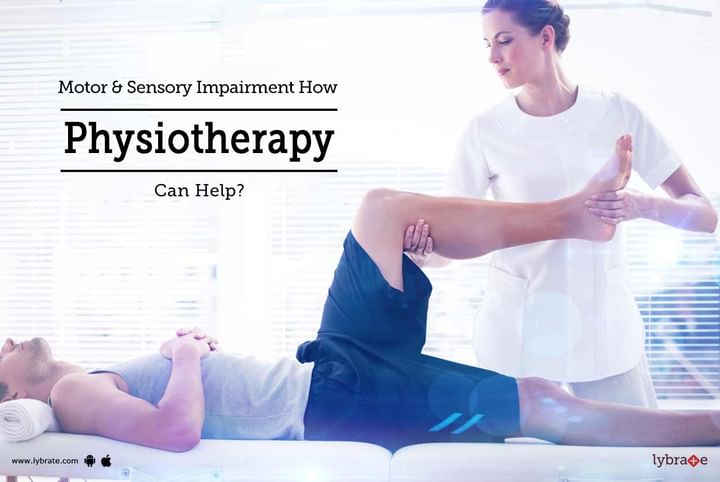Motor & Sensory Impairment - How Physiotherapy Can Help?
Paraplegia is an impairment in the motor or sensory function of the lower extremities which is usually caused by spinal cord injury or a congenital condition that affects the neural (brain) elements of the spinal canal. This usually occurs after an injury to the nervous system. Paraplegia can involve complete or partial paralysis of the legs and/or the trunk. The area of the spinal canal that is affected in paraplegia is either the thoracic, lumbar, or sacral regions. In the last 10 years, physiotherapy techniques in case of paraplegia have developed considerably. The aim of physiotherapy is the complete rehabilitation of the patient.
Neurological physiotherapy is specific to your needs as a patient and will be focused towards the specific problems you may face. Rehabilitation depends on the level and severity of the damage to the spinal cord.
Physiotherapy treatment will be determined after an initial assessment of the patient is completed. It includes the following components:
Prevention of complete immobilization: Stretching is the most important exercise as stretching helps to improve flexibility, reduce muscle spasticity and cramps. Stretching helps to move the parts of your body to their full range of motion. Sudden jerking or bouncing should be avoided. Stretching should also be done before, and after other exercises to prevent muscle strain and soreness. It also helps in avoiding injuries.
Exercise to increase muscle strength, and co-contraction: Strengthening exercises which help increase muscle tone, and improve the quality of muscles. This helps improve mobility and provides energy. Strong hip and leg muscles help to lift the legs to walk and carry out daily physical activities.
Activities to improve balance, and coordination of body
- Maintaining joint range of movement, and preventing muscle shortening and tightness through stretching.
- Physiotherapy offers advice on how to maintain position to increase comfort, and to improve posture in lying, sitting and standing. This helps to reduce pressure areas, and prevent secondary complications such as pressure sores.
- Teaching transfers (between wheelchair, bed, car, toilet) help to improve safety and promote independence.
- Therapeutic electrical stimulation helps to reduce pain, and build muscle strength
- Functional Electrical Stimulation helps you to walk if you have muscle weakness in the lower legs
- Parallel bars help to practice walking and balancing in a safe environment
- Tilt Table (if you are wheelchair bound and would like to stand up, this piece of equipment will stand you up safely to get some weight through your legs with no effort required by the patient) It also helps in improving confidence and building self-esteem.



+1.svg)
